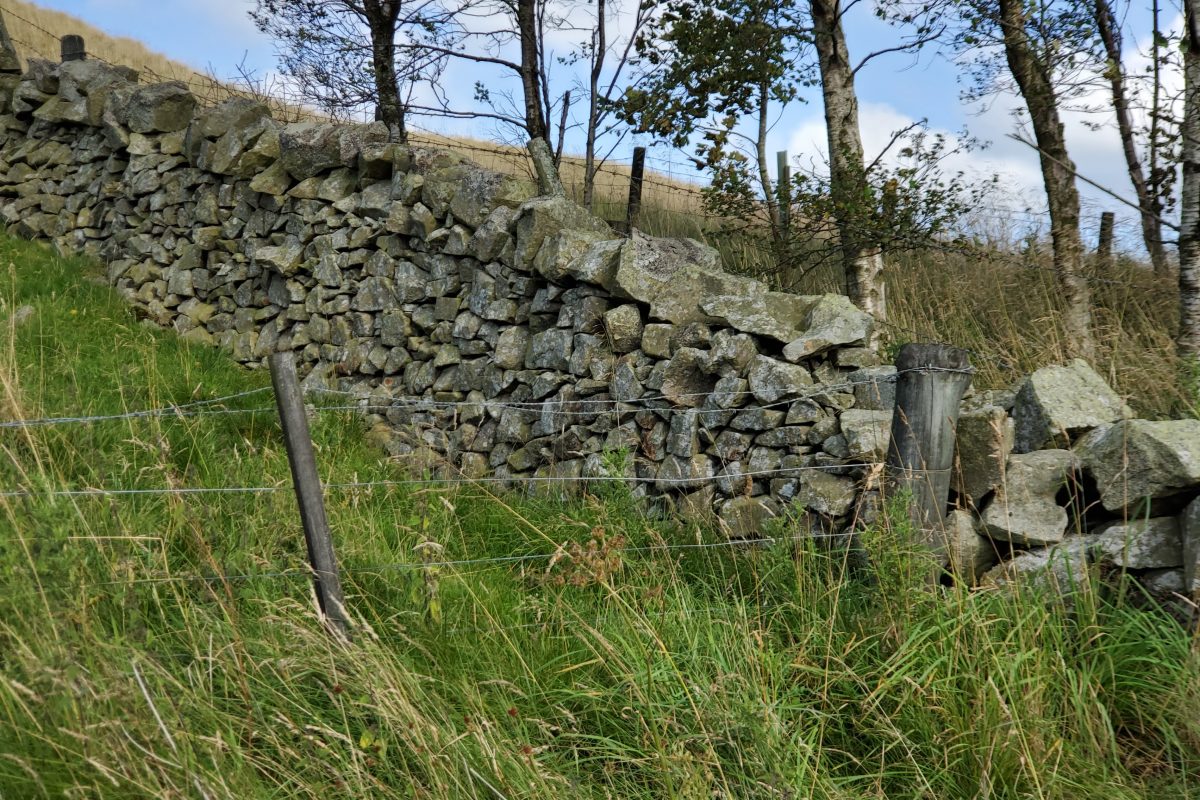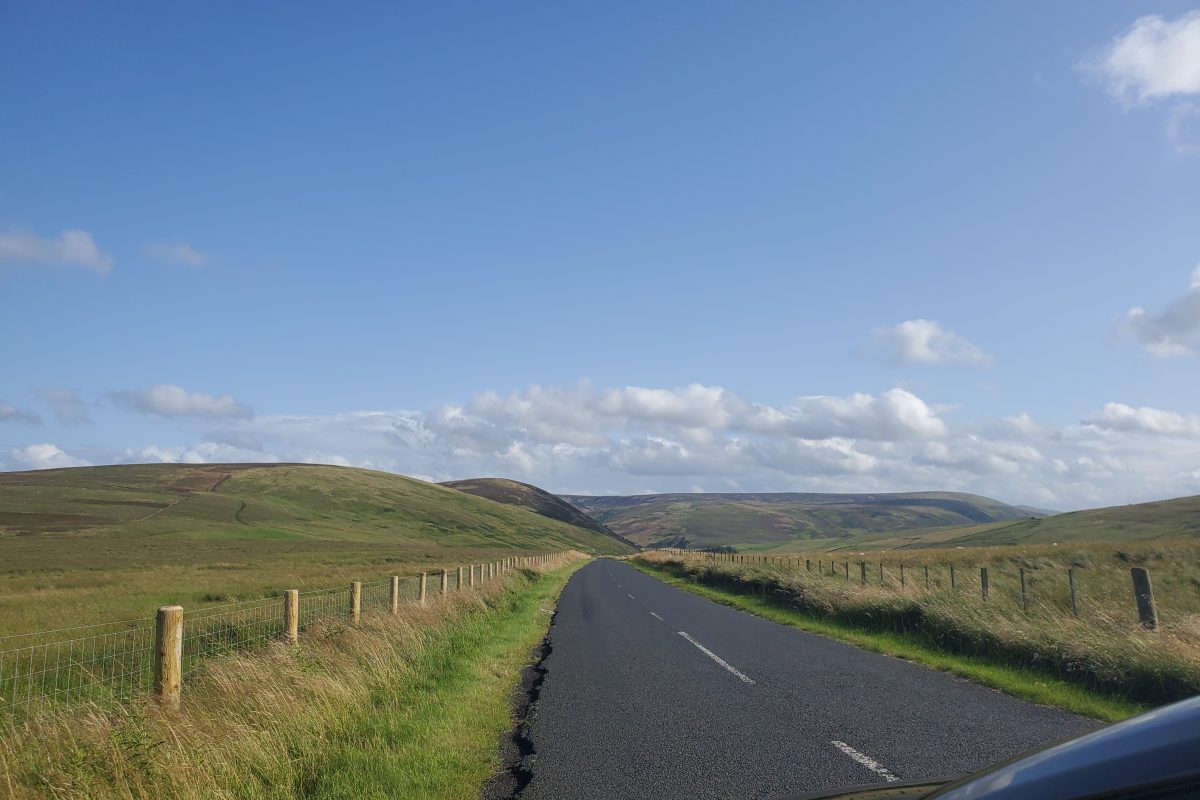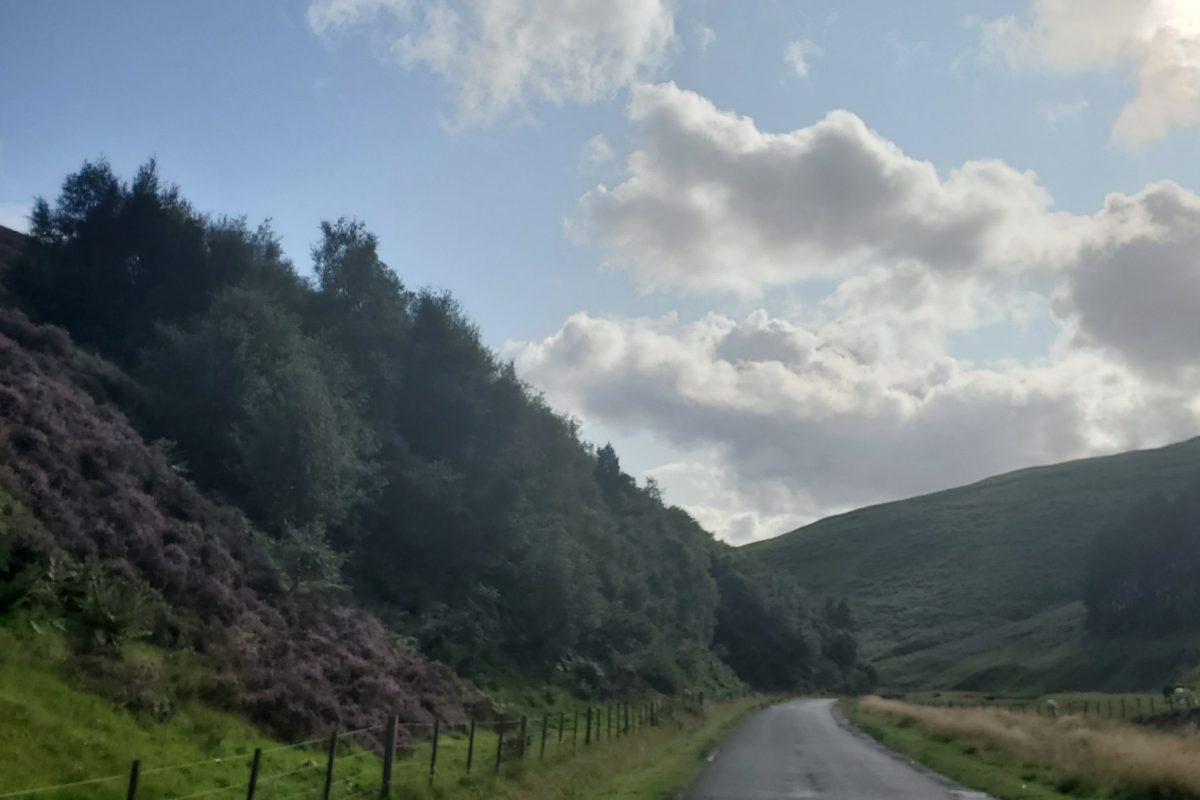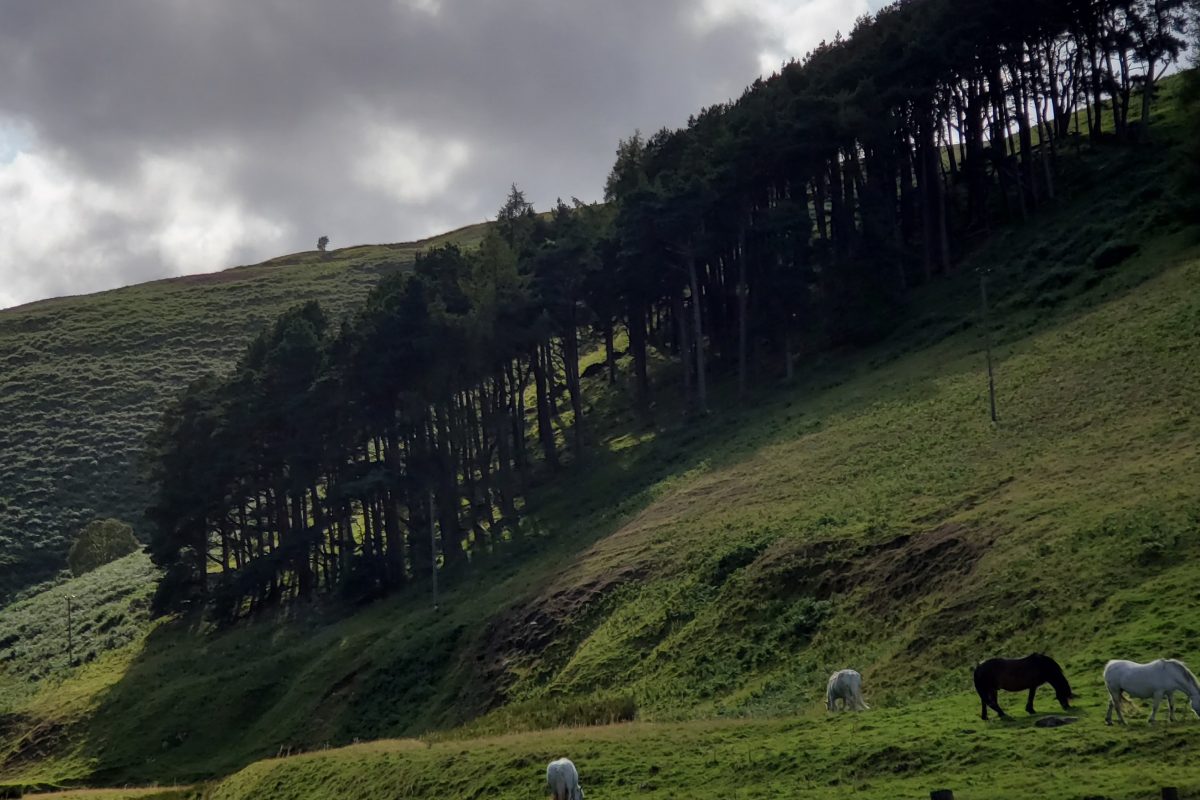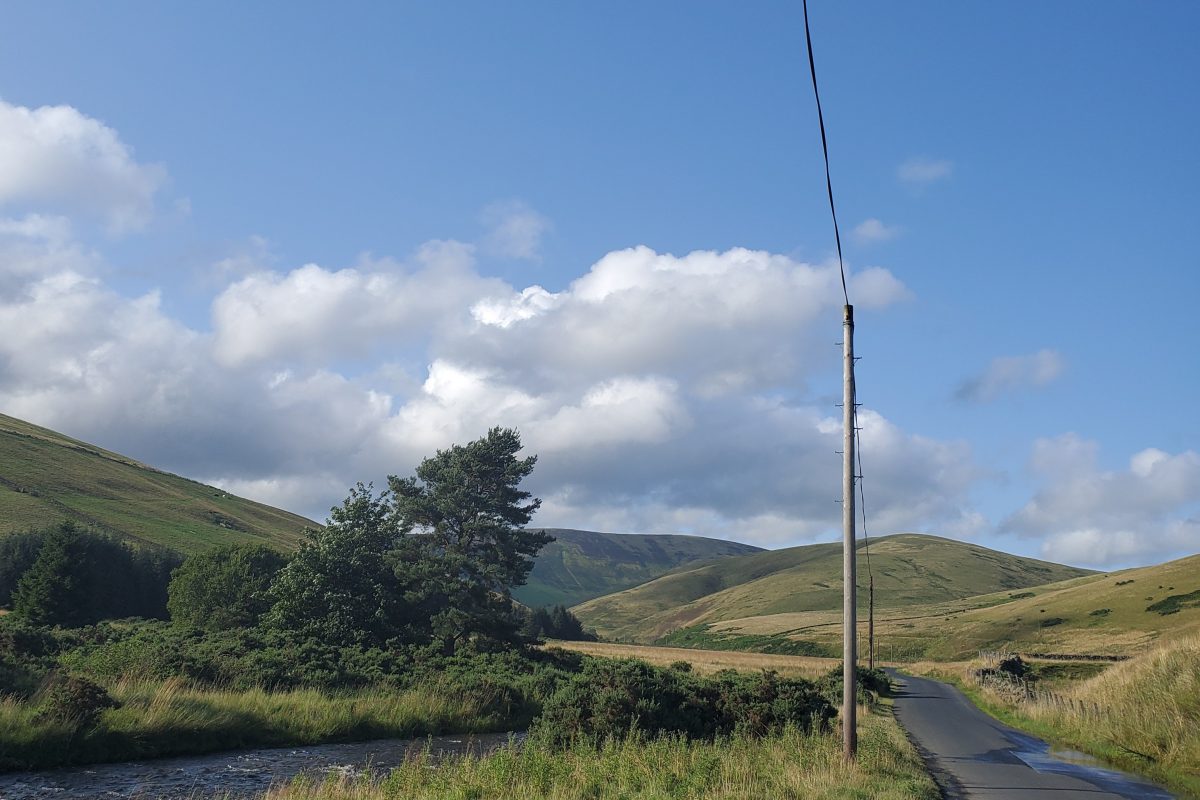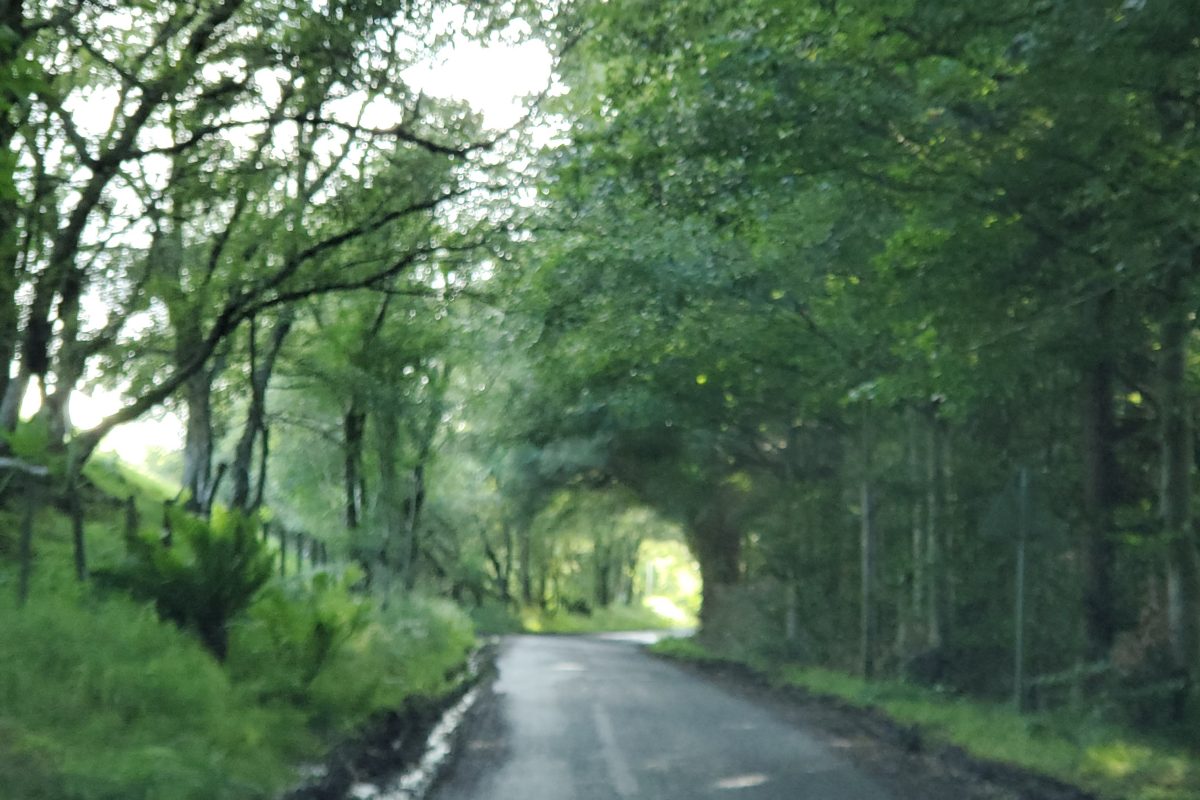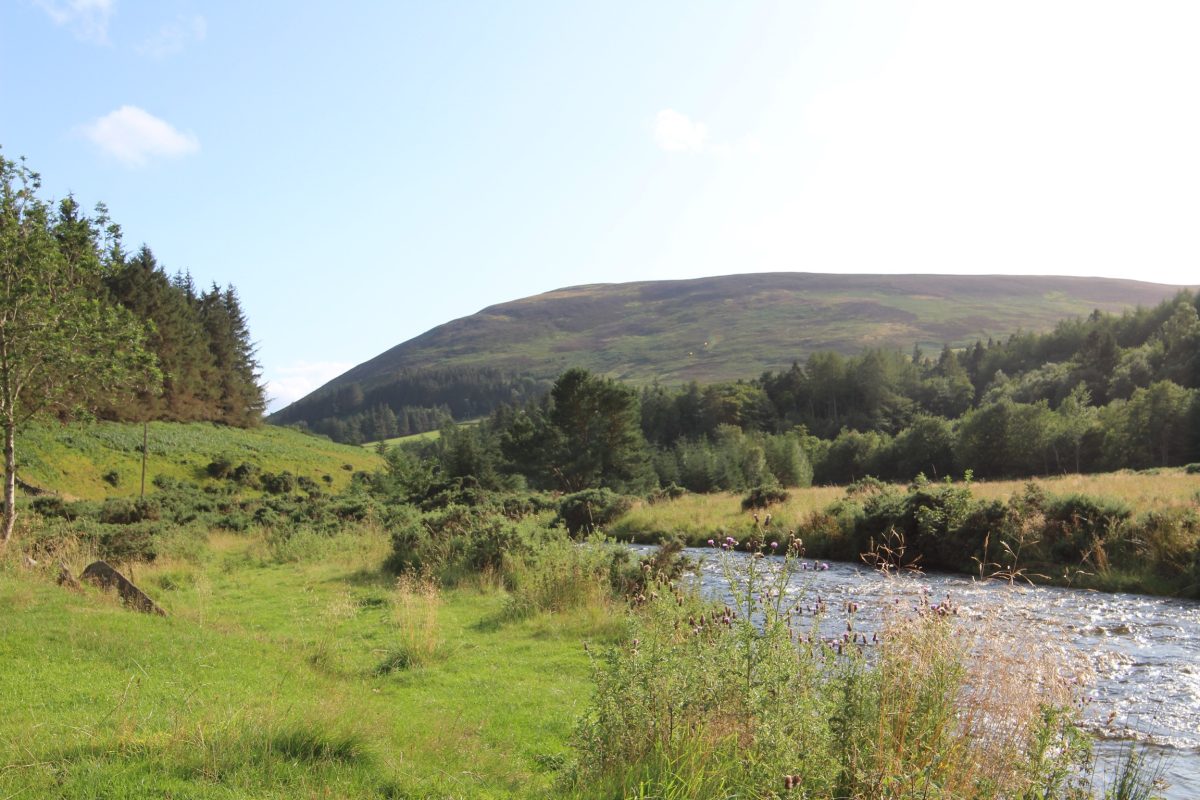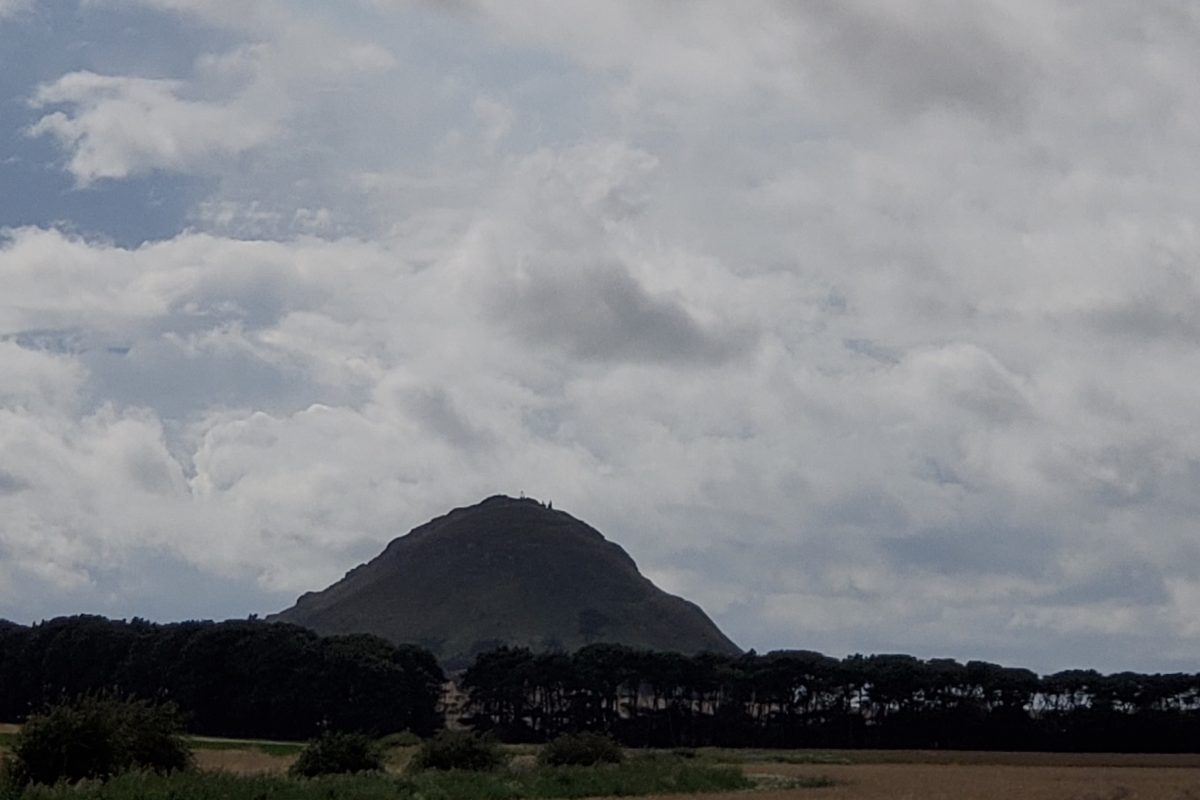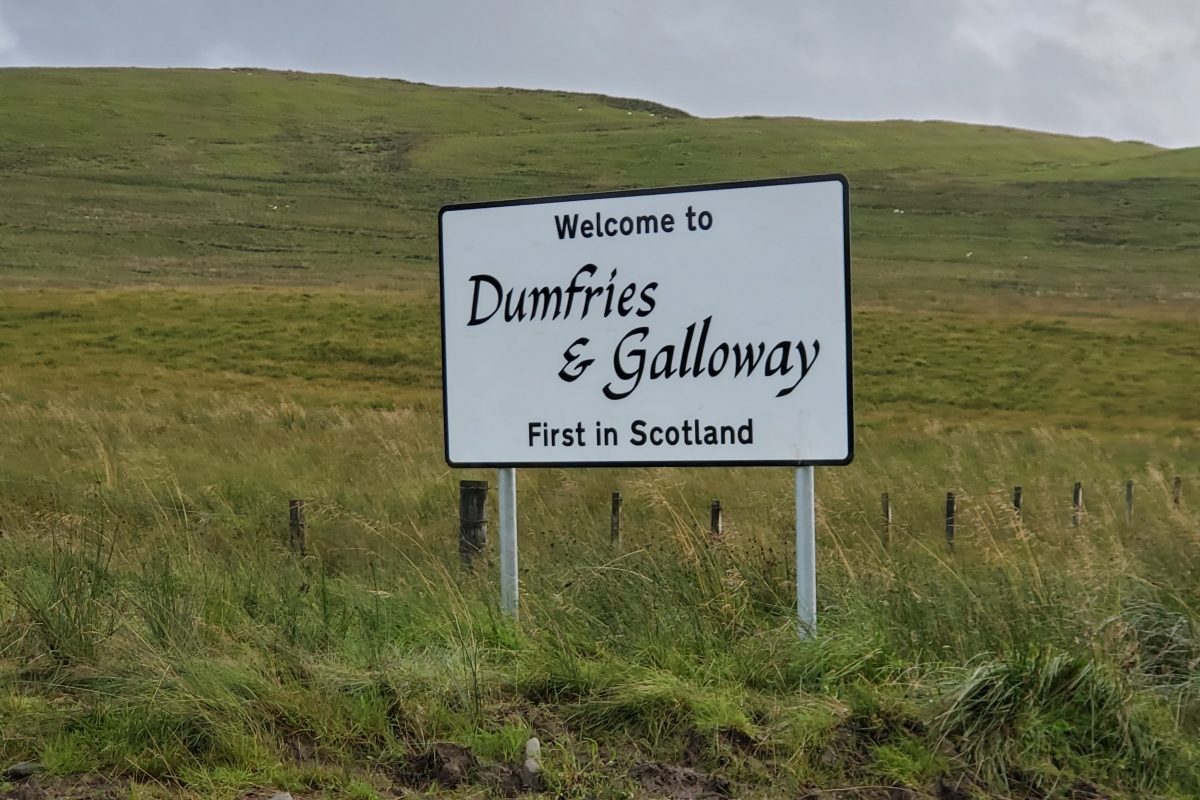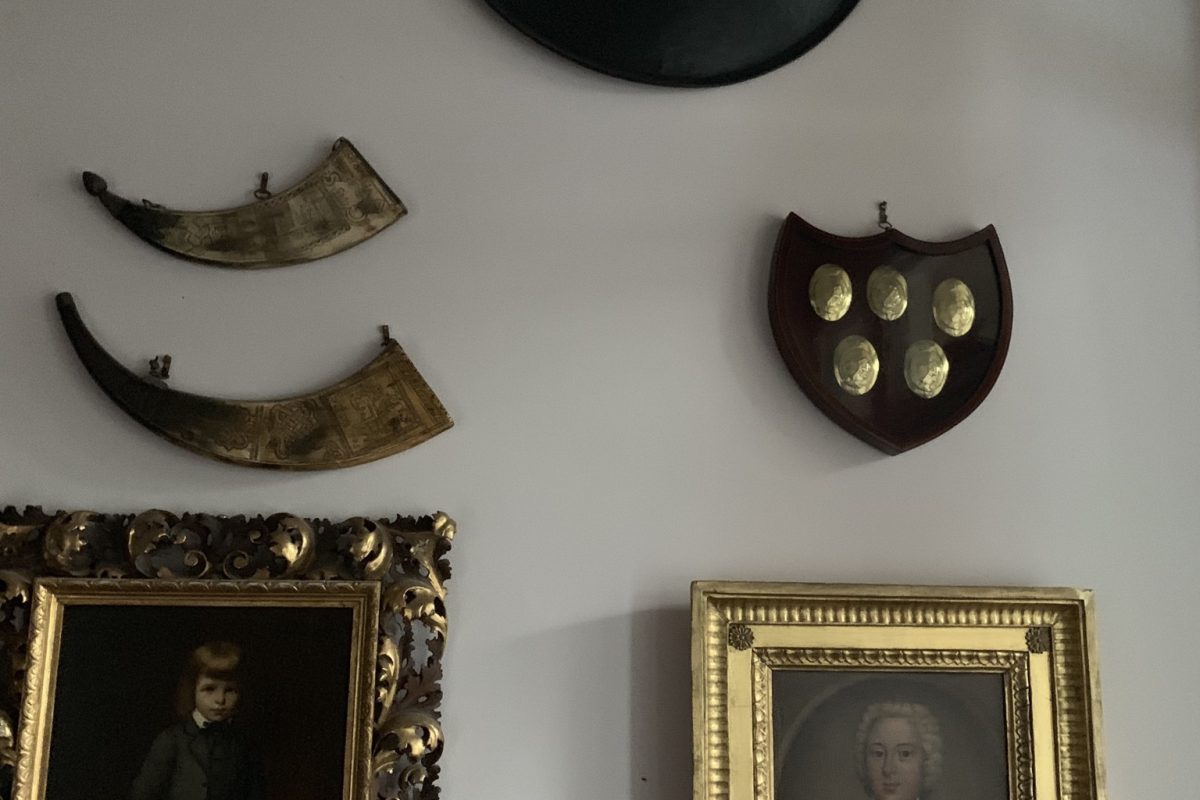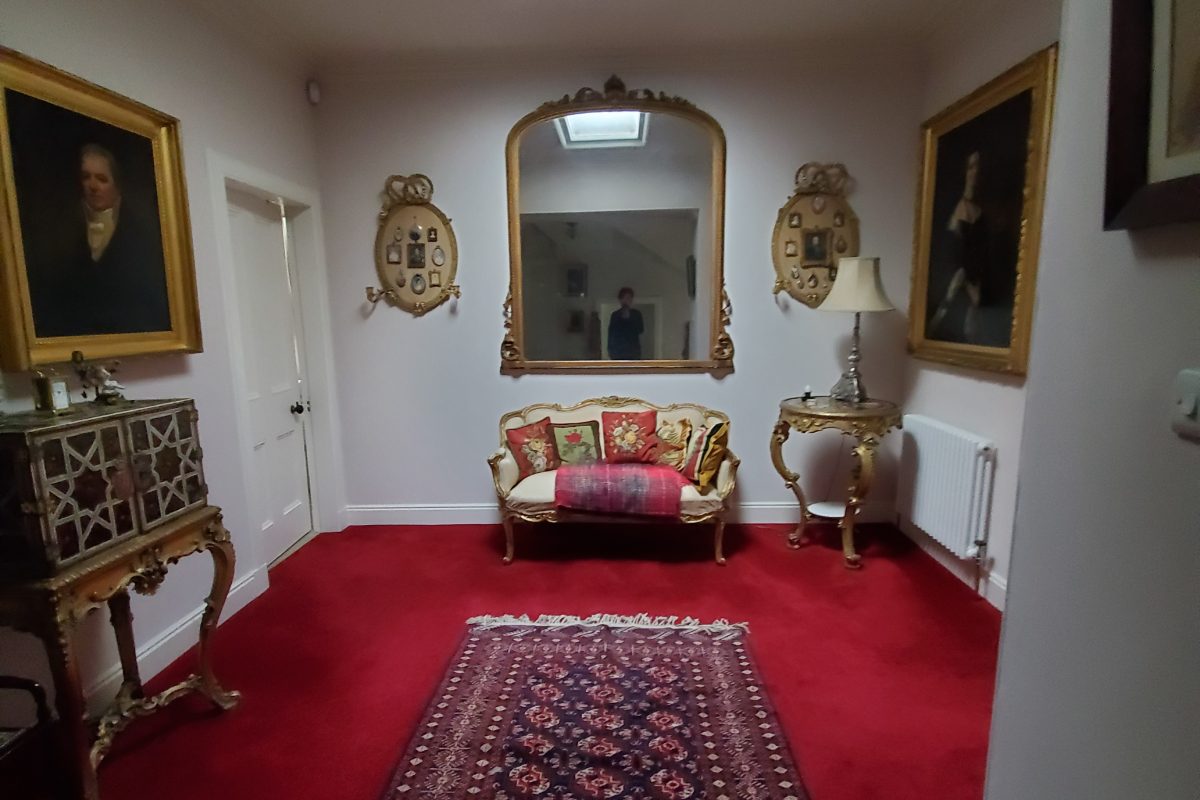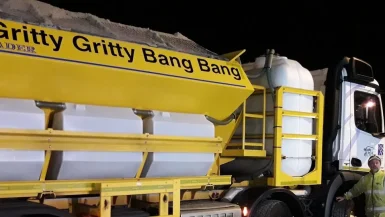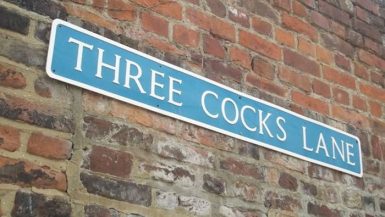
Tantallon Castle – The Beginning
The wind off the Firth of Forth carried the salt of the North Sea as I stood among the red sandstone ruins of Tantallon Castle. Its walls, weathered by centuries of storms and sieges, seemed to whisper the names of Douglas lords who once ruled here. Beyond the battlements, Bass Rock rose like a sentinel from the gray waters, its white crown of gannets shimmering in the morning light.
I traced my fingers along the rough stone, imagining the clang of swords and the cries of men during the days when this fortress was a bulwark against English incursions. Today, the only sound was the gulls and the restless sea. My horse waited patiently at the gate, saddlebags packed for the long ride south. Boreland lay far beyond the hills, in the green folds of the Borders, where Sir Malcolm MacGregor had promised a Highland welcome.
With one last glance at the castle’s broken towers, I mounted and turned toward the road. The journey had begun.
East Linton – A Quiet Charm
The first leg carried me through fertile fields and gentle slopes until the rooftops of East Linton appeared. The village was a cluster of stone cottages, their chimneys breathing thin plumes of smoke into the crisp air. I paused at the old bridge over the Tyne Water, watching its current ripple beneath the arch.
The scent of fresh bannocks drifted from a baker’s shop, mingling with the earthy aroma of peat fires. The warmth of the village contrasted with the chill of the open road, and for a moment, I lingered to take in the rhythm of rural life—the sound of cart wheels on cobblestones, the distant toll of a kirk bell.
With the taste of barley bread still fresh in my memory, I rode on toward Haddington.
Haddington – Echoes of the Past
Haddington greeted me with the solemn grace of its medieval kirks and market square. St. Mary’s Church loomed, its spire piercing the gray sky like a sentinel of faith. Here, John Knox had walked, preaching reform that shook Scotland to its core.
I wandered among stalls laden with wool, cheese, and earthenware. The chatter of merchants mingled with the tolling of the kirk bell, a sound that seemed to echo through centuries of struggle and endurance.
Leaving Haddington behind, the road began to rise toward Tranent, where history lingered like a shadow.
Tranent & Dalkeith – Shadows of Jacobites
Tranent lay quiet, its fields whispering of the blood spilled in 1745 when Highlanders clashed with government troops. The Jacobite dream, shattered at Culloden, still haunted these lands, carried in the wind like a lament.
Dalkeith came next, its palace glimpsed through autumn mist—a stately home that once housed princes and dukes. I imagined Bonnie Prince Charlie riding these roads, hope burning in his heart like a torch against the dark.
The chill deepened as the hills gathered around me. The Tweed Valley awaited.
Innerleithen & Kirkhouse – The Heart of the Borders

By the time I reached Innerleithen, dusk had begun to settle. The River Tweed wound like silver through the valley, its banks dressed in russet and gold. The hills rose in gentle folds, their slopes softened by the fading light.
At a small inn, I warmed myself by the hearth and tasted the amber fire of whisky, its heat mingling with the glow of the flames. Outside, the night deepened, stars pricking the velvet sky as I rode on through Kirkhouse, the silence broken only by the rhythmic beat of hooves.
Hopehouse & Eskdalemuir – Into the Wild
The road narrowed, curling through moorlands where heather clung to the earth like a purple mist. Hopehouse was but a name on the map—a lonely steading crouched against the wind. Beyond it lay Eskdalemuir, remote and strange.
Here, the land felt older, touched by something beyond time. I passed the Tibetan monastery, its golden roof gleaming against the gray hills—a beacon of peace in a rugged land. Prayer flags fluttered in the wind, their colors vivid against the muted tones of the moor.
I lingered only a moment, then pressed on. Boreland was near.
Boreland – A Highland Welcome
The house stood proud among rolling fields, its stone walls softened by ivy, its windows aglow with lamplight. Inside, the hall was a tapestry of tartan and timber. Stags’ antlers crowned the walls, and portraits of stern-faced chiefs gazed down from their frames. The scent of roasting venison mingled with peat smoke, promising warmth and plenty.
At dinner, the history of Clan MacGregor unfolded in my thoughts—the proscription that outlawed the name, the defiance of Rob Roy, and the long road to restoration. These walls held stories older than memory, and as the fire crackled, I felt the weight of centuries settle like a mantle across my shoulders.
Later, in the quiet of my chamber, I wrote by candlelight. Outside, the wind sighed through the trees, and the stars wheeled above the Borders hills. Tomorrow, I would ride north—Glasgow first, then the Highlands, where mountains rise like giants and lochs lie dark and deep.
But tonight, I slept beneath the roof of Boreland, my heart full of Scotland’s soul.


